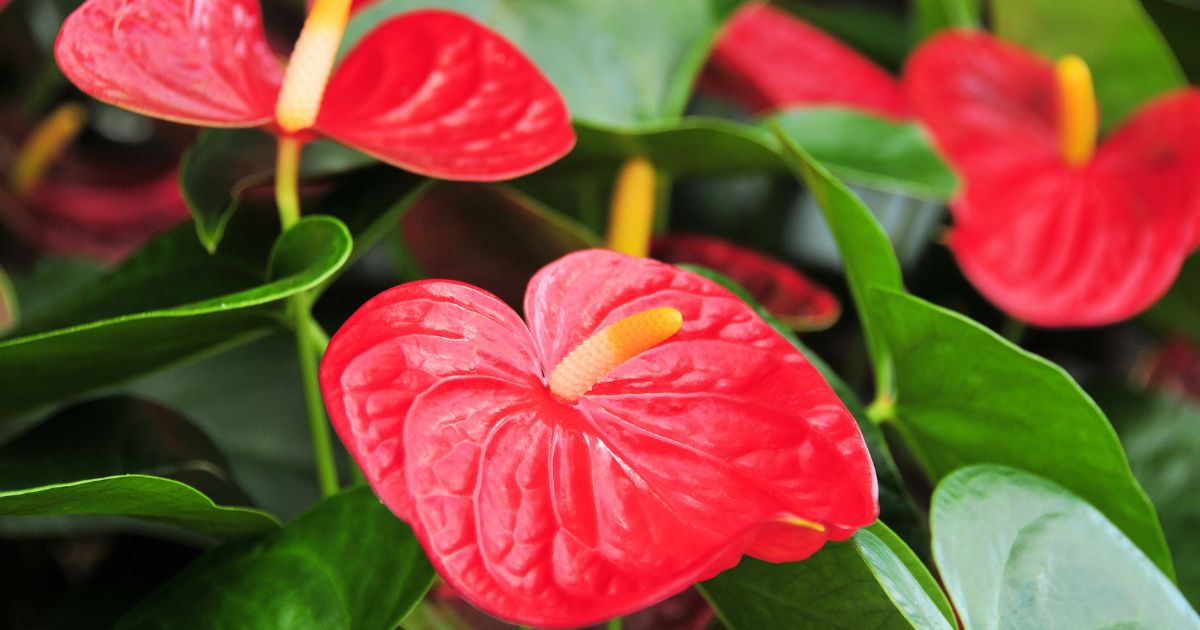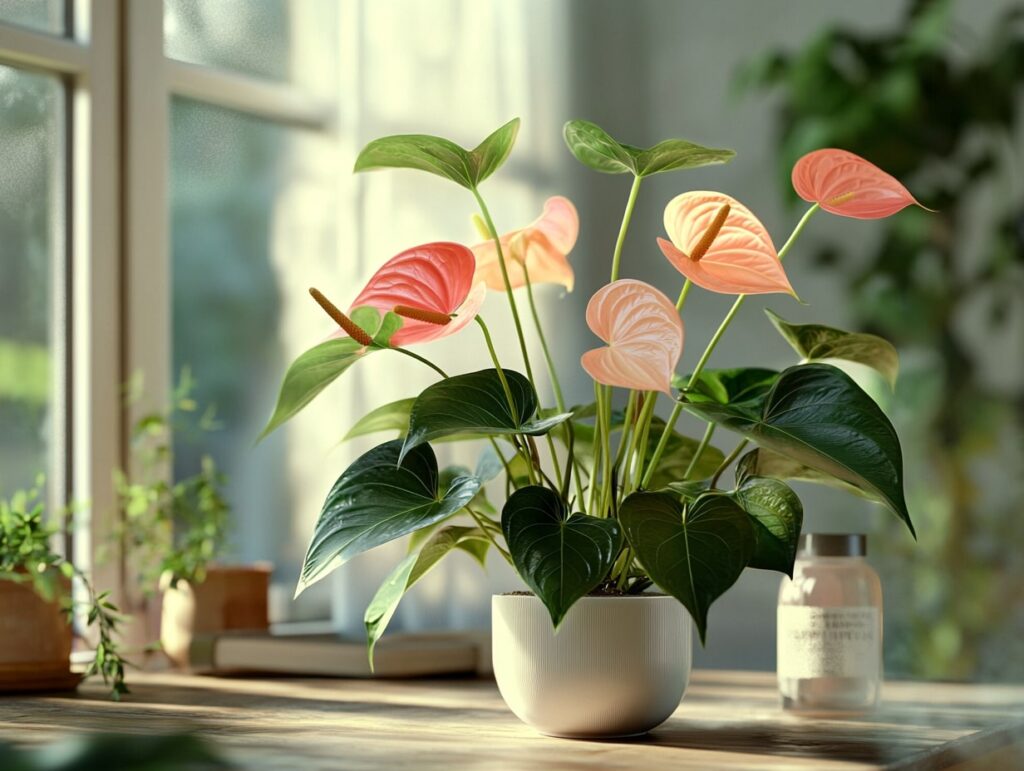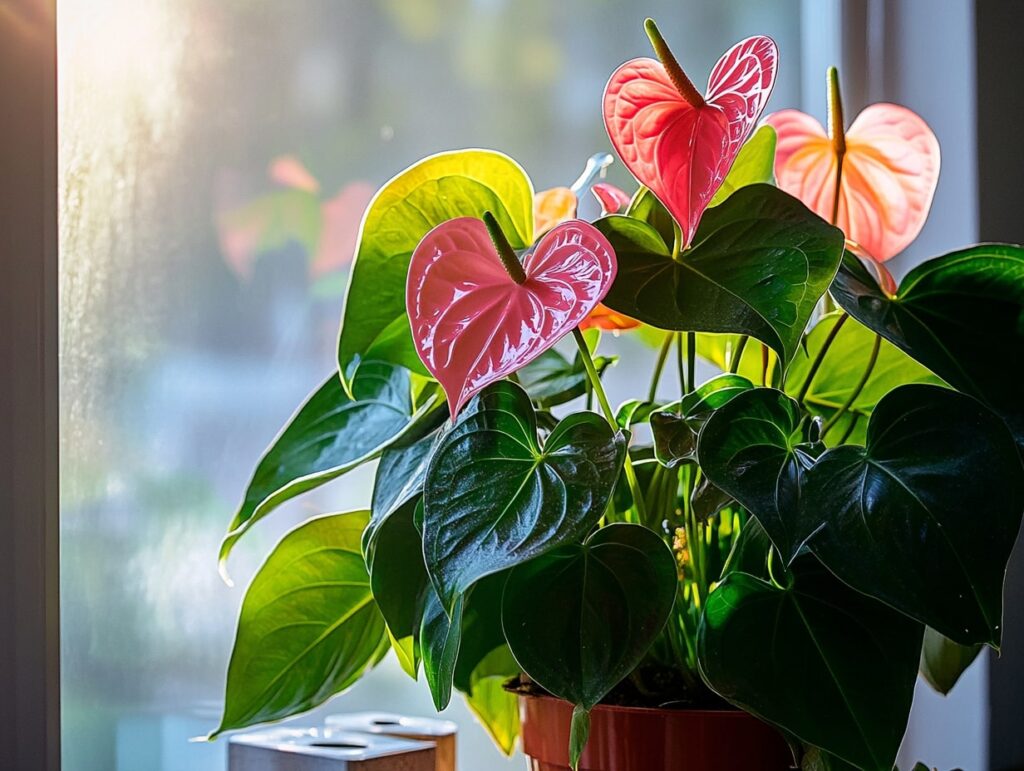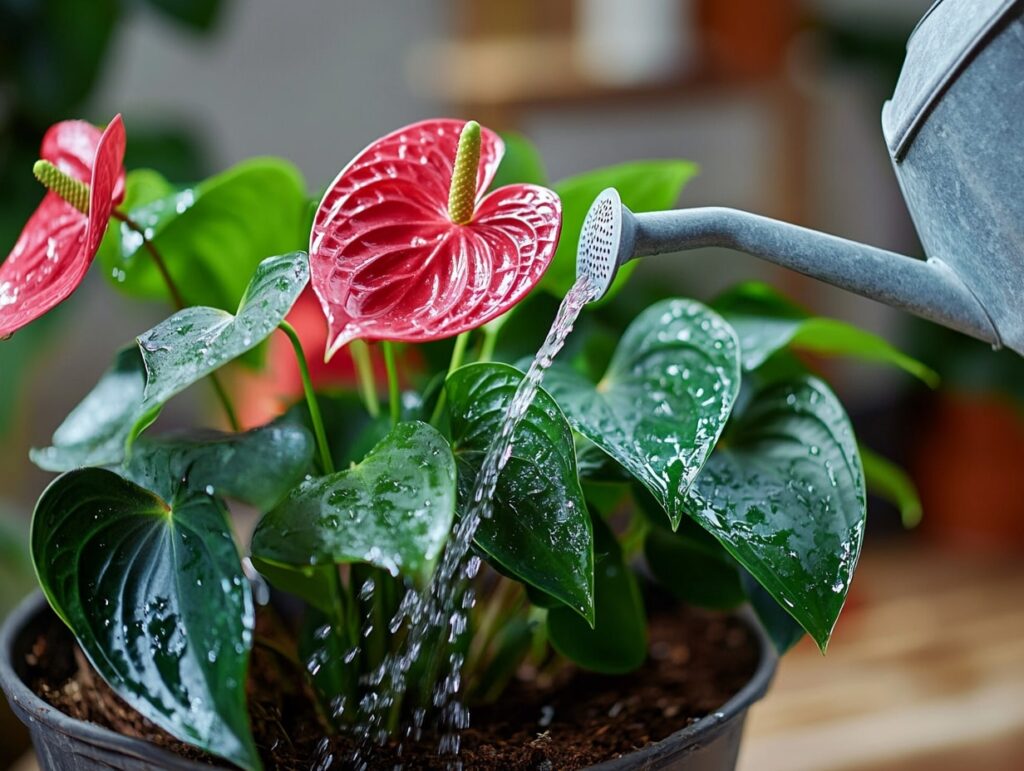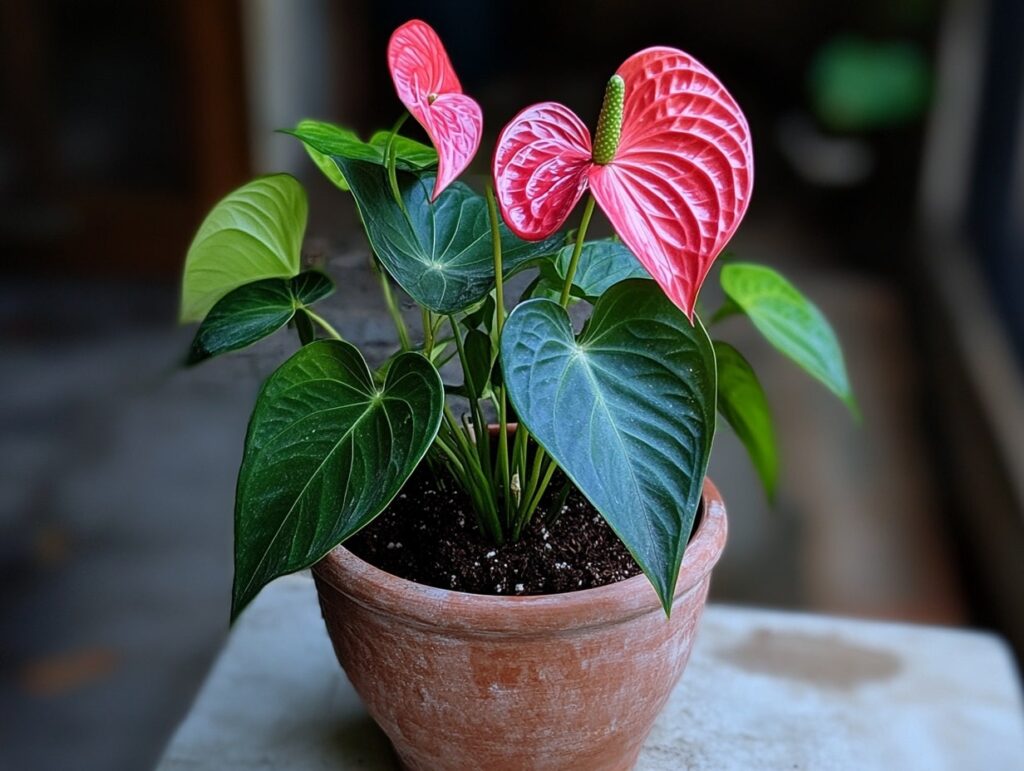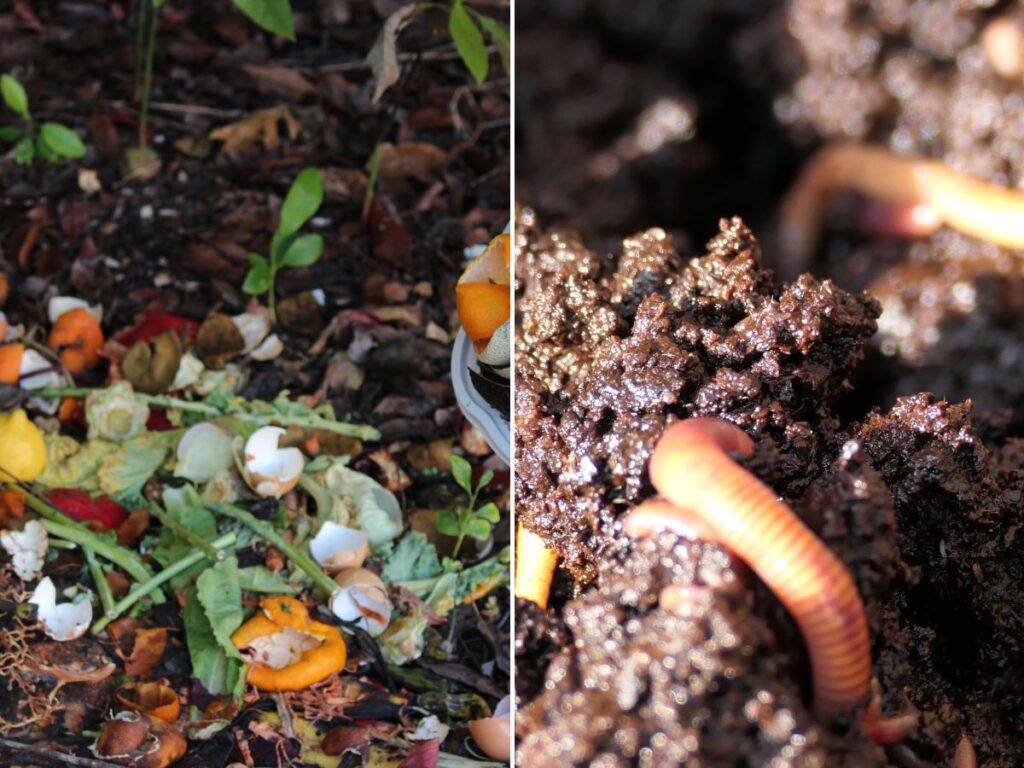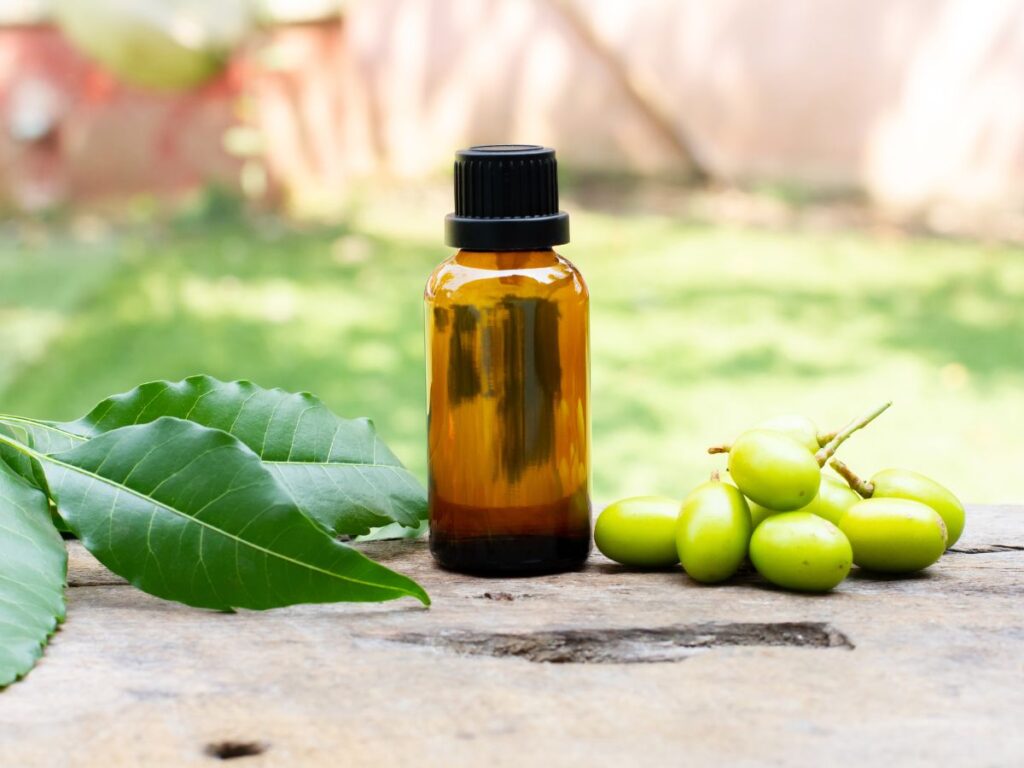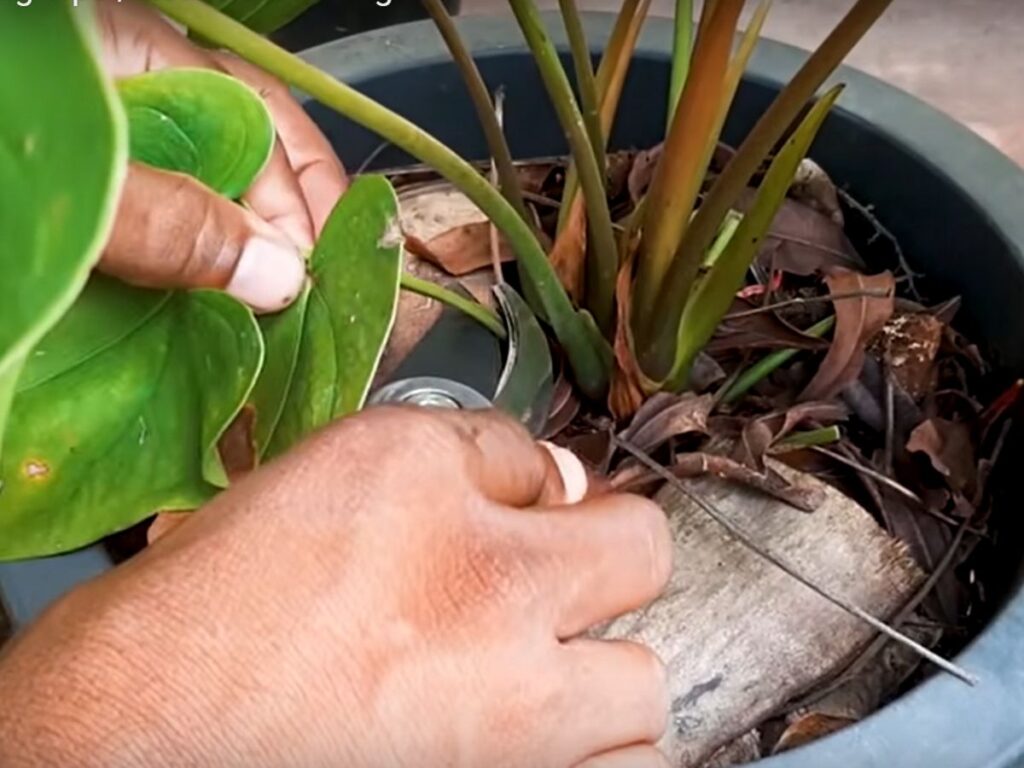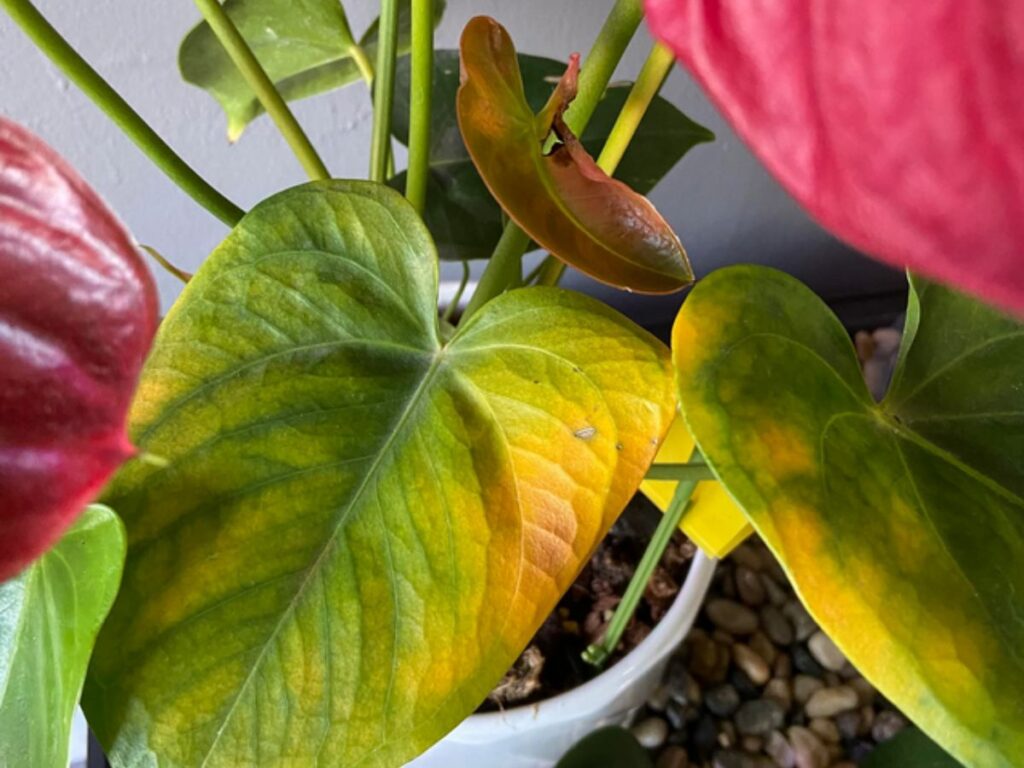Are you tired of seeing your beautiful anthurium blooms fade away too quickly? Discover a natural method that can help these stunning flowers last for up to 15 years. The secret lies in mastering a few simple care techniques that promote their longevity.
You might wonder how such longevity is possible. By providing the right environment and attention, your anthurium can thrive far beyond the typical lifespan of most houseplants. This means attentive watering, optimal lighting, and the right soil mix are crucial.
Unlock the hidden tricks that plant enthusiasts swear by to keep anthurium flowers vibrant for years. These tips not only enhance the beauty of your space but also bring the satisfaction of seeing your plants flourish.
Stay with me as we uncover these effective strategies and transform your gardening experience.
Discovering Anthuriums
Anthuriums are a stunning type of flowering plant known for their vibrant colors and unique blooms. Their longevity secrets that allow the blooms to last incredibly long offer exciting possibilities for plant enthusiasts.
What Are Anthuriums?
Anthuriums, also known as Flamingo Flowers or Laceleaf, belong to the Araceae family. These tropical plants originate from Central and South America and are treasured for their bright, heart-shaped flowers and glossy foliage.
Their unique spathes, which you might recognize as the colorful part, come in shades like red, pink, and white. The flower’s actual bloom is the spadix, a spike that sticks out from the center.
Due to their striking appearance, anthuriums are popular in ornamental gardens and as indoor plants. You’ll find them enhancing homes, offices, and event decorations.
Enthusiasts appreciate them for their ability to endure less than perfect light conditions, making them adaptable and easily maintained. Caring for them properly can lead to healthier blooms.
The Secret to Their Longevity
The longevity of anthurium blooms is tied to a combination of factors, primarily the plant’s genetics and optimal care practices. When nurtured correctly, these blooms are known to last several weeks, with the possibility of flowers appearing continually over many years.
Key elements include maintaining the right soil moisture levels and providing them with indirect, bright light.
Regularly misting the leaves and keeping the surrounding humidity high can significantly contribute to bloom longevity. Feeding them with balanced fertilizers during growing seasons also supports their vibrant appearance.
Avoid harsh conditions, as this can stress the plant and reduce bloom longevity. Proper care ensures these magnificent blooms play a long-lasting role in your indoor landscape.
Optimal Growing Conditions
To achieve vibrant and long-lasting Anthurium blooms, you need to pay close attention to light, temperature, watering, humidity, soil, and fertilization. Each element plays a critical role in ensuring that your plants thrive. Let’s explore what makes each of these conditions optimal for Anthuriums.
Light and Temperature
Anthuriums love bright, indirect light. Direct sunlight can scorch their leaves, while too little light can stunt their growth. Aim for a warm spot that receives filtered sunlight, like near an east or north-facing window.
Temperature plays a role, too. Anthuriums thrive in temperatures between 70-85°F (21-29°C). Avoid exposing them to temperatures below 60°F (15°C), as they prefer a consistent, warm environment. If you notice the leaves turning brown, it may be time to adjust the light or heat.
Watering and Humidity
Anthuriums appreciate consistently moist soil, but don’t overwater. Water them when the top inch of soil feels dry. Too much water can lead to root rot, while too little can cause wilting.
Humidity is crucial. They thrive in humid environments, around 70-80%. Consider using a humidity tray or a room humidifier if you live in a dry area. Misting the leaves occasionally can also help.
Soil and Fertilization
These plants prefer a loose, well-draining soil. A mix of orchid compost, peat, and perlite works well. Proper aeration is essential to prevent waterlogging and allow the roots to breathe.
Fertilization supports healthy growth and vibrant blooms. During the growing season, apply a balanced, water-soluble fertilizer every 4-6 weeks.
Dilute the fertilizer to half strength to avoid nutrient burn. Adjust the frequency based on the plant’s response, keeping an eye on leaf color and growth.
Natural Solutions for Prolonged Bloom
Enhancing anthurium blooms’ longevity naturally involves the careful selection of organic fertilizers and effective pest prevention methods. These solutions focus on maintaining flower health, which is essential for vibrant, long-lasting blooms.
Organic Fertilizers
Using organic fertilizers can significantly prolong the life of your anthurium blooms. Compost and worm castings are excellent choices, providing a rich supply of nutrients without the harsh chemicals that can damage delicate flowers. Applying a balanced mix of nitrogen, phosphorus, and potassium fosters robust growth.
Making sure the soil stays moist but not waterlogged is critical for nutrient absorption. You should fertilize every couple of months, allowing the natural matter to break down gradually.
This steady nutrient release helps your anthurium maintain its vibrant color and keeps blooms fresh.
Pest Prevention
Pest prevention plays a key role in ensuring your anthurium blooms remain healthy. Identifying common pests, like aphids and spider mites, early can prevent damage. Introducing beneficial insects such as ladybugs is an effective and natural method to control pest populations.
Neem oil and insecticidal soap serve as powerful natural deterrents. These options combat pests effectively without harming the flowers. Regularly inspecting your plants ensures that unwanted guests are spotted quickly, keeping your blooms protected and thriving.
Pruning and Care
Proper pruning and care are vital to help your anthuriums flourish with vibrant, long-lasting blooms. Knowing the right time to prune and following the correct steps ensure healthy growth.
When to Prune
Timing is everything when it comes to pruning your anthuriums. It’s best to prune them during the growing season, which typically spans from spring to summer. This is when the plant is most vigorous, ensuring quick recovery.
You should also keep an eye out for any dead or yellowing leaves. These can be removed year-round to promote healthier foliage. Regular inspection of your plant can help you spot signs of old blooms or foliage that need immediate attention.
The Pruning Process
Start with clean and sterilized pruning shears to prevent the spread of disease. Carefully trim off any dead or yellowing leaves near the base of the stem. This not only encourages new growth but also enhances the plant’s appearance.
When cutting blooms, make sure to cut above a node to encourage more flowering. If the stem is yellow or damaged, it can be pruned back to the base. Always ensure you do not remove too much foliage to avoid stressing the plant. Regular pruning helps in directing energy to healthier blooms and leaves.
Troubleshooting Common Issues
When caring for your Anthurium plants, you might encounter some challenges such as yellowing leaves or a decrease in blooms. Each issue can have various causes and solutions, which we’ll explore here.
Yellowing Leaves
If your Anthurium’s leaves are turning yellow, it might be because of overwatering or underwatering. Ensure the soil has proper drainage and avoid letting the roots sit in water. Check soil moisture by touching the top layer before watering again.
Nutrient deficiencies, like low nitrogen or magnesium, may also lead to yellowing. Use a balanced, slow-release fertilizer to provide necessary nutrients. If orchids live near vents or drafts, environmental stress can occur. Ensure they are placed in a stable temperature environment to eliminate this issue.
Lack of Blooms
Anthuriums require specific conditions to thrive and bloom. Ensure they receive bright, indirect light as direct sunlight can harm them. If blooming stops, consider moving them closer to a natural light source, but avoid direct sunlight.
Inadequate humidity can impact blooming. Maintain a humidity level of around 70-80%. Use a humidity tray or mist the leaves regularly.
Additionally, regular feeding with a phosphorus-rich fertilizer every 6-8 weeks encourages blooms. Make sure to prune dead foliage to allow energy to go to new growth.
Implement these strategies, and you’ll hopefully see those gorgeous blooms return in no time!
In a time when everything moves at breakneck speed, nurturing an anthurium offers a peaceful counterbalance. It’s an invitation to slow down, observe, and participate in the quiet miracle of growth.
The lasting blooms are not just a testament to your gardening skills but also a reflection of a deeper connection with the natural world.
So, if you’re ready to embark on this journey, remember that the rewards are as much about the process as they are about the stunning flowers.
With natural solutions and a patient heart, your anthurium can become a long-lasting companion, bringing joy and beauty to your life for many years to come.
